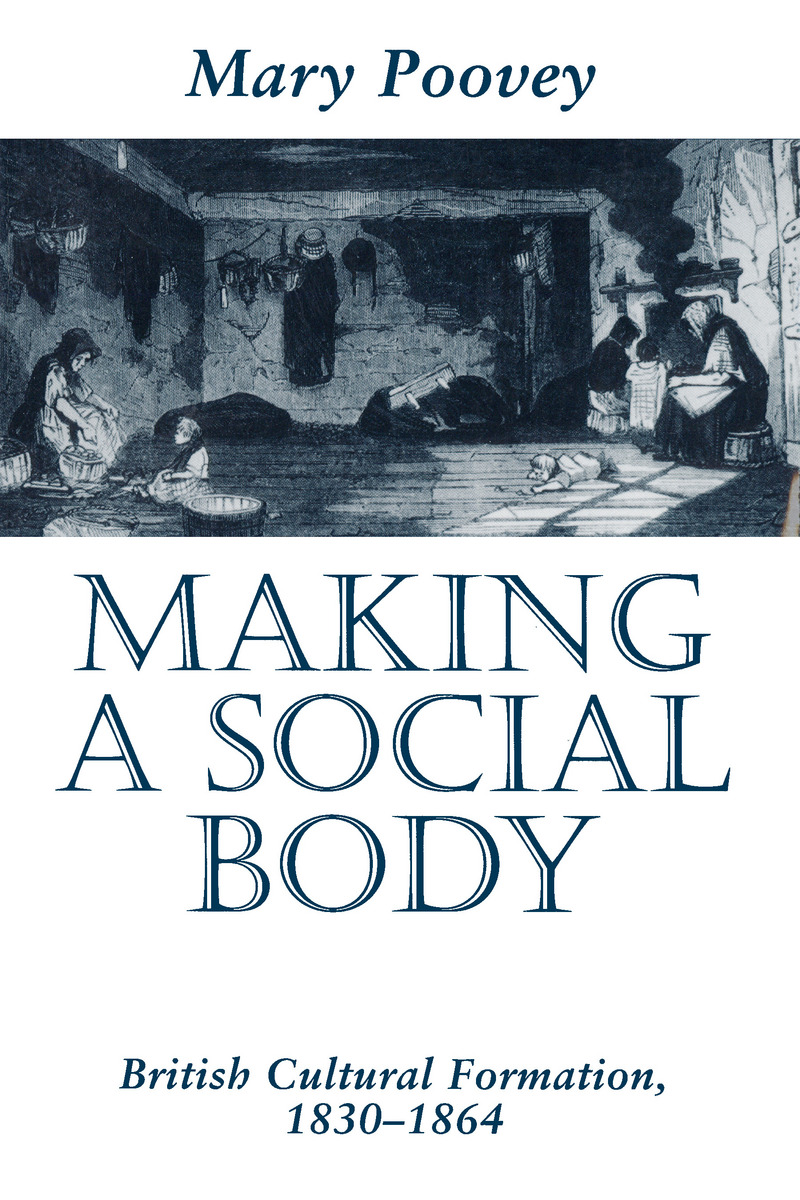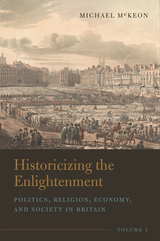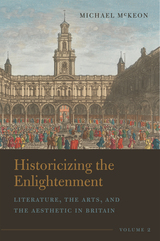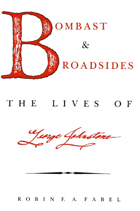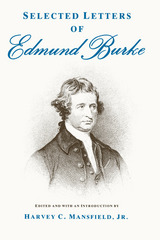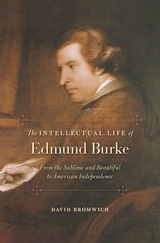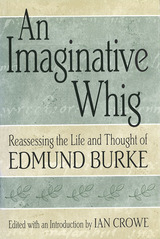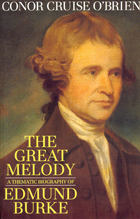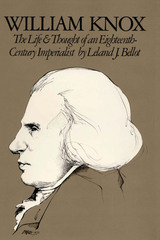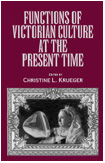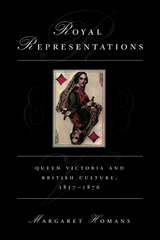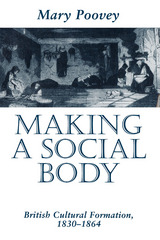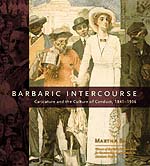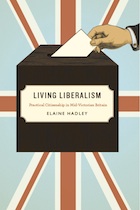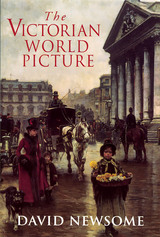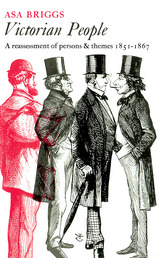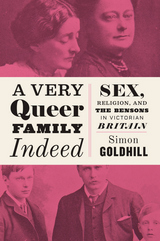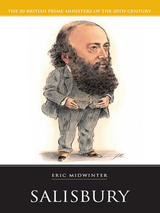Making a Social Body: British Cultural Formation, 1830-1864
University of Chicago Press, 1995
Paper: 978-0-226-67524-4 | Cloth: 978-0-226-67523-7
Library of Congress Classification DA533.P66 1995
Dewey Decimal Classification 941.081
Paper: 978-0-226-67524-4 | Cloth: 978-0-226-67523-7
Library of Congress Classification DA533.P66 1995
Dewey Decimal Classification 941.081
ABOUT THIS BOOK | TOC | REQUEST ACCESSIBLE FILE
ABOUT THIS BOOK
With much recent work in Victorian studies focused on gender and class differences, the homogenizing features of 19th-century culture have received relatively little attention. In Making a Social Body, Mary Poovey examines one of the conditions that made the development of a mass culture in Victorian Britain possible: the representation of the population as an aggregate—a social body. Drawing on both literature and social reform texts, she analyzes the organization of knowledge during this period and explores its role in the emergence of the idea of the social body.
Poovey illuminates the ways literary genres, such as the novel, and innovations in social thought, such as statistical thinking and anatomical realism, helped separate social concerns from the political and economic domains. She then discusses the influence of the social body concept on Victorian ideas about the role of the state, examining writings by James Phillips Kay, Thomas Chalmers, and Edwin Chadwick on regulating the poor. Analyzing the conflict between Kay's idea of the social body and Babbage's image of the social machine, she considers the implications of both models for the place of Victorian women. Poovey's provocative readings of Disraeli's Coningsby, Gaskell's Mary Barton, and Dickens's Our Mutual Friend show that the novel as a genre exposed the role gender played in contemporary discussions of poverty and wealth.
Making a Social Body argues that gender, race, and class should be considered in the context of broader concerns such as how social authority is distributed, how institutions formalize knowledge, and how truth is defined.
Poovey illuminates the ways literary genres, such as the novel, and innovations in social thought, such as statistical thinking and anatomical realism, helped separate social concerns from the political and economic domains. She then discusses the influence of the social body concept on Victorian ideas about the role of the state, examining writings by James Phillips Kay, Thomas Chalmers, and Edwin Chadwick on regulating the poor. Analyzing the conflict between Kay's idea of the social body and Babbage's image of the social machine, she considers the implications of both models for the place of Victorian women. Poovey's provocative readings of Disraeli's Coningsby, Gaskell's Mary Barton, and Dickens's Our Mutual Friend show that the novel as a genre exposed the role gender played in contemporary discussions of poverty and wealth.
Making a Social Body argues that gender, race, and class should be considered in the context of broader concerns such as how social authority is distributed, how institutions formalize knowledge, and how truth is defined.
See other books on: Arts, British | National characteristics, British | Poovey, Mary | Social Body | Victoria, 1837-1901
See other titles from University of Chicago Press
